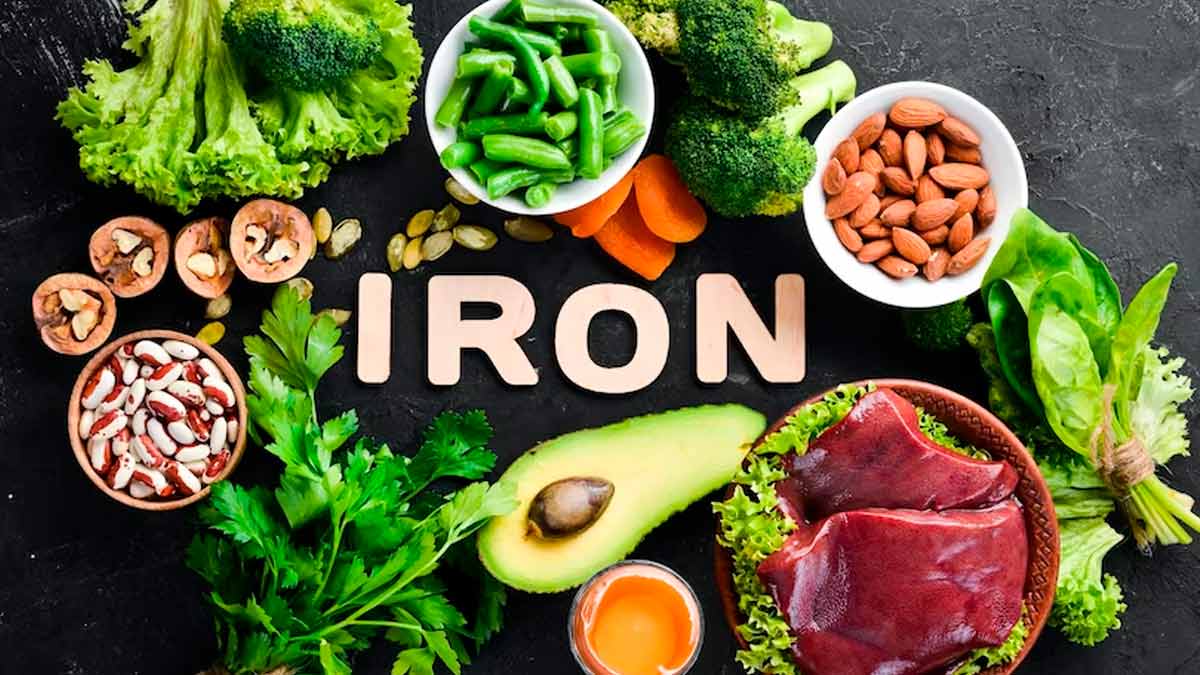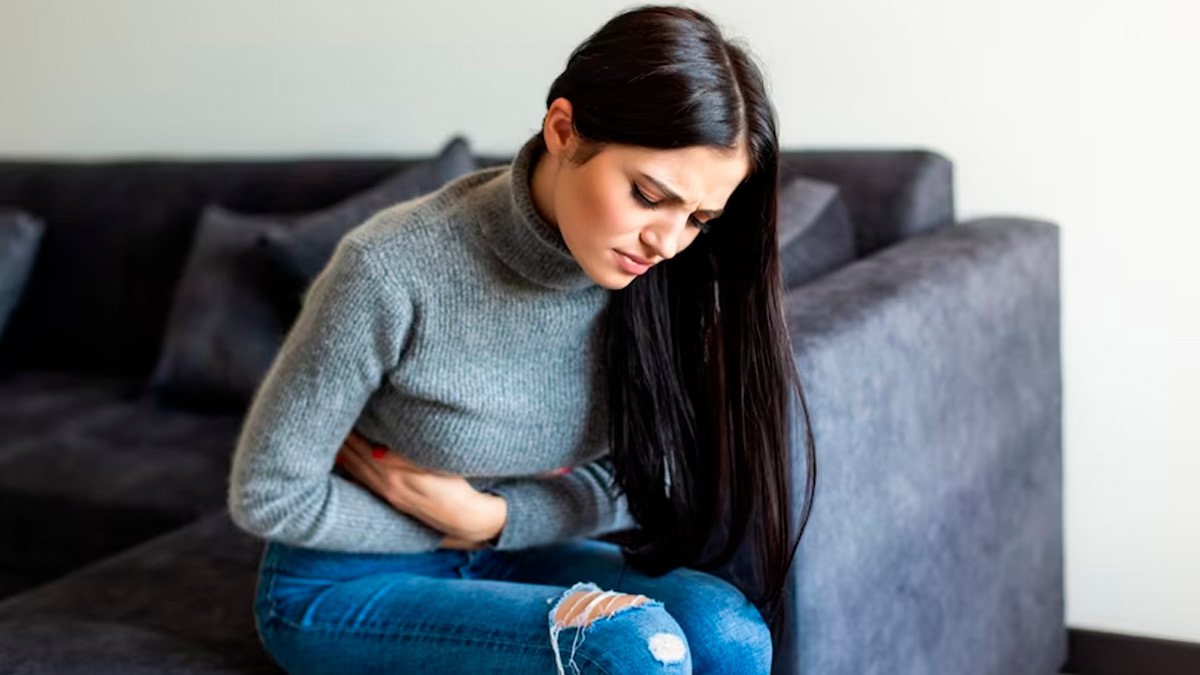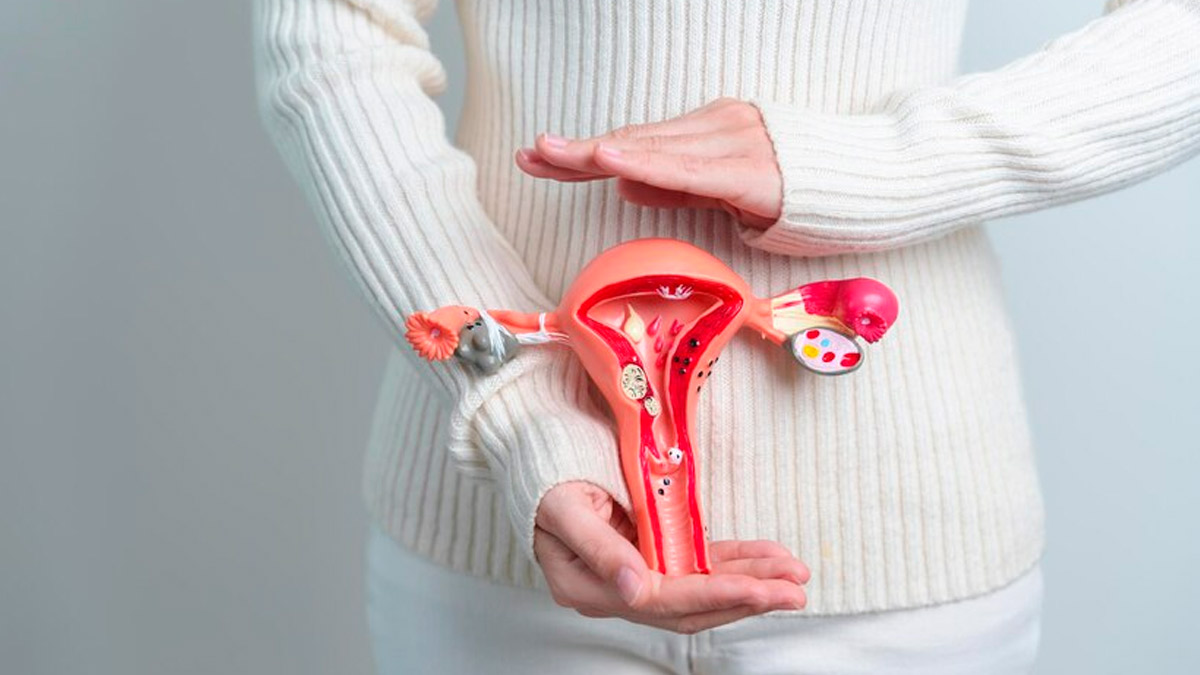
In women with polycystic ovary syndrome (PCOS), blood loss during menstruation can vary. Some women with PCOS may experience irregular or infrequent menstrual cycles, while others may have heavy menstrual bleeding. The hormonal imbalances and irregular ovulation associated with PCOS can lead to changes in the uterine lining and abnormal bleeding patterns. Meenal Kapoor, Dietician-Clinical nutrition, GOQii Coach, says that in certain cases, it can result in iron deficiency over time. In an interaction with the OnlyMyHealth team, she explains how iron levels can be increased through diet.
Table of Content:-
Also Read: Sleeping With Your Bra On Does Not Give You Breast Cancer: Myths Debunked
What Is PCOS?

Data suggests that approximately 11.6 crore women are affected by PCOS globally. PCOS is a common hormonal disorder that affects women of reproductive age. It occurs due to various hormonal imbalances and metabolic issues that can lead to a range of symptoms and health concerns. These include:
- Irregular menstrual cycles
- Hyperandrogenism or higher-than-normal levels of androgens (male hormones) in the female body
- Insulin resistance, a condition in which the body's cells do not respond effectively to insulin
- Weight gain
- Fertility challenges
Lifestyle changes, such as maintaining a healthy diet, engaging in regular exercise, and managing weight, can be beneficial for managing PCOS symptoms.
Is There A Link Between PCOS And Iron?

Kapoor said, "Prolonged bleeding or very heavy bleeding in PCOS patients can cause anaemia related to iron deficiency, which can in turn cause symptoms, such as fatigue, pale skin, weakness, headache, irritability, depression, and hair loss."
Blood contains iron and excessive blood loss during menstruation can deplete iron stores and increase the risk of iron deficiency anaemia, explained Medical News Today.
Kapoor shares dietary modifications to include iron-rich foods can become necessary in such cases.
Also Read: How Menstrual Symptoms Change In Your 20s, 30s, And 40s
How To Include More Iron In Your Diet

According to the dietician, meats, poultry and seafood are the richest in heme iron sources, the form of iron that is most readily absorbed by the body. Other vegetarian iron-rich foods are:
- Spinach
- Sweet potatoes
- Peas and beans broccoli
- Beetroots and beet greens
- Nuts and seeds
- Millets like ragi and bajra
Kapoor also shares some tricks to increase your iron intake. These include:
- Boiled rajma or other beans in mid meals
- Include five seeds mixture in your evening snacks
- Roasted flaxseeds as mukhwas (after meal digestive)
- Garden cress (haleem seeds) kheer/ladoo as a sweet dish
- Nuts before workout
- Spinach/greens to your dals/khichdi
- Add millet flour to your roti flour
In addition, she recommends reducing the intake of tea and coffee which inhibit iron absorption. “Including iron-rich foods in meals from an early age and especially in teens can prevent iron deficiency and related complications for teenagers and women especially in PCOS,” she concluded.
Also watch this video
How we keep this article up to date:
We work with experts and keep a close eye on the latest in health and wellness. Whenever there is a new research or helpful information, we update our articles with accurate and useful advice.
Current Version